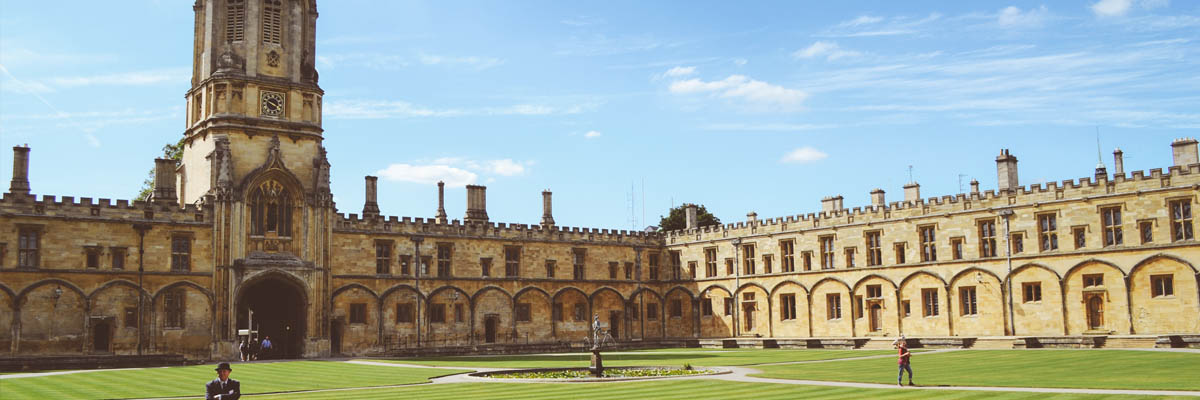
What is the format of IB?
The International Baccalaureate (IB) is targeted at students aged 3 to 19 and is split into three different age groups: PYP (Primary Years Program), MYP (Middle Years Program), and finally DP (Diploma Program). PYP is for students aged 3-12, MYP is for students aged 11-16, and DP is for students aged 16-19.
The MYP is a 5-year program, split into 8 different subject groups:
- Language Acquisition
- Language & Literature
- Individuals & Societies
- Sciences
- Mathematics
- Arts
- Physical & Health Education
- Design
In the last two years (Years 4 and 5) of the MYP, students can choose courses from 6 of the 8 subject groups offered.
Every year, students are required to complete one collaboratively planned interdisciplinary unit that involves at least 2 subject groups. Students also need to complete a long term project. Assessments are both internally and externally marked.
The DP is a 2-year program, comprised of the DP core components and 6 subjects from the following subject groups:
- Studies in Language & Literature
- Language Acquisition
- Individuals & Societies
- Sciences
- Mathematics
- The Arts
Students are able to choose whether they wish to study each subject at a higher level (HL) or standard level (SL). At least 3 of the 6 subjects should be HL, while the rest are SL.
The DP core components are:
- Theory of Knowledge (TOK)
- Extended Essay (EE)
- Creativity, Activity, and Service (CAS)
Can you do DP without doing MYP?
Yes. Many schools offer IGCSEs in place of MYP assessments, which are also internationally recognised. It is also very common for students to move from non-IB schools straight into DP.
How are IB courses scored?
DP assessment is both internal and external.
External assessments are examinations, which include essays, short response questions, data response questions, text and case study responses, etc.
Internal assessments are marked by school teachers. These include oral work in language subjects, field work in geography, laboratory work in science, etc.
Final DP grades range from 7 – 1, with 7 being the highest one can score. Each DP course that is attempted is scored.
Each DP course that is attempted is scored ranging from 7 to 1, with 7 being the highest grade possible. The final diploma result is a combination of the student’s six chosen subjects and the core DP components.
The diploma is rewarded if the student gains at least 24 points, subject to certain minimum levels of performance, including successful completion of the 3 core components (TOK, EE, CAS).
What is CAS?
CAS stands for Creativity, Activity, and Service. It requires students to take part in a range of experiences and at least on project, based on these three concepts. Students are expected to initiate these activities themselves, through which they are encouraged to explore their interests. CAS should involve a personal challenge, purposeful activities with a meaningful outcome, as well as thoughtful planning and reflection.
How are TOK, EE, CAS scored?
TOK and EE are both scored individually. These components can contribute up to 3 additional points towards the overall DP score. CAS does not contribute to the point total, however, participation is required for the diploma.
Have more questions about the IB? Need help with coursework or exams? Get in touch today!